Accurate estimation of pasture consumed by cows during grazing
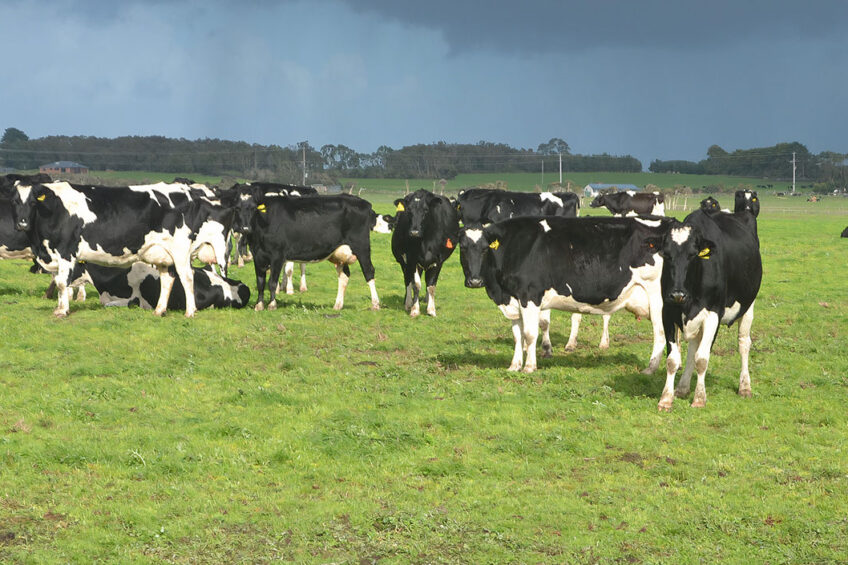
The amount of pasture consumed by individual grazing animals can now be estimated accurately, enabling accelerated selection of higher performing cows.
Sustainable operations
“From that too, you can establish the methane emissions,” Smith adds. “Once, you’ve got the feed efficiency of the animal, it’s a straightforward calculation.” He points out that farms increasingly have to deal with environmental, social, and governance (ESG) recording requirements and Scope 3 emission requirements. “Farms need to be able to prove all the way down the supply chain that they are making sustainable improvements,” he says. “The tags can give them exactly the information they need. Particularly in Europe this is important. Companies can make claims about sustainability improvements. This has a direct impact on subsidies that farms receive.” Earlier this year, Ceres Tag signed an agreement with Identitas, the Swiss data specialist for healthy animals and safe food, a Swiss government-owned company. The agreement will see Identitas establish a platform in German and French for the promotion and sale of Ceres tags throughout Switzerland. Identitas manages customers with the technology, expecting it will have a significant impact on the evidence of sustainable operations.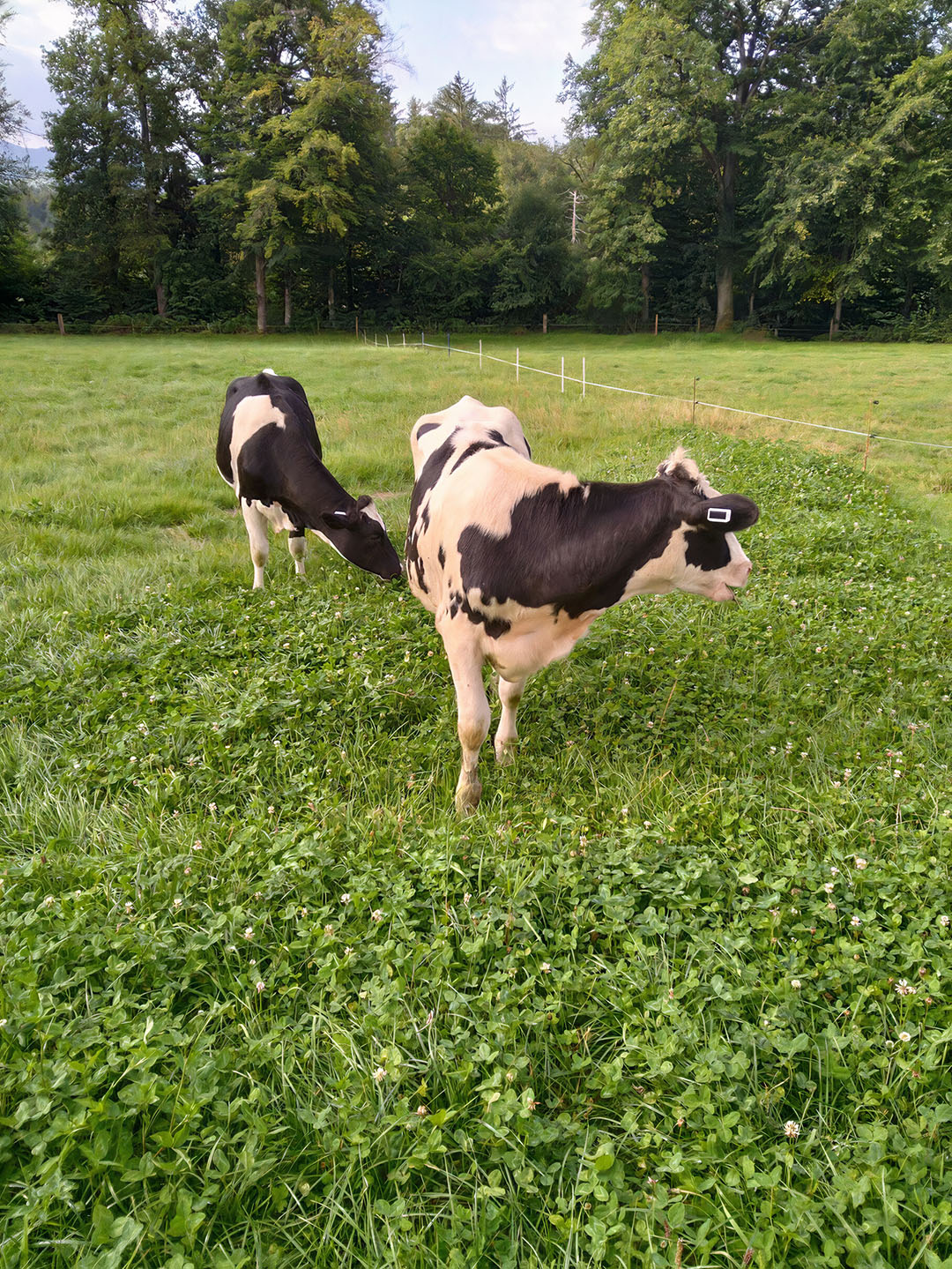
Plug and play
According to Smith, the ear tags are the first in the world that offer direct-to-satellite monitoring. Tags are single use – one per animal for life. This provides a strong base for accurate provenance and data integrity. Ceres Tag incorporates a GPS tracking system, RFID, an accelerometer, ambient temperature, geo-fencing, Bluetooth and satellite-connectivity. “It’s plug and play,” Smith says. “You activate it and put it on the animal. Then the tag starts sending the information. The tag does all the calculations; it only sends the results. It doesn’t send the raw data. The tag itself has got machine learning onboard. You can develop algorithms and deploy them on the tag as well.” Ceres Tag works with most of the existing software platforms in the world, Smith adds. “We API the data to whichever software the customer wishes to use. We are an open platform. Even if a farm already has their own tags, they can still integrate ours and use the data from our tags, because no other company has pasture feed intake.” Currently, other ways to calculate feed intake are complicated and not that accurate, he says. “It’s very hit and miss. Our technology does all the calculations while the animals are actually grazing. For years we had technology for dairy, where the cows are eating while they are giving milk in the barn, so we could get calculations for input or output. But we never had the opportunity to do this in extensive environments while they actually graze. This is the very first time that we can get these calculations. The feed efficiency in the barn is not the same as it is on the pasture, where they spend most of their time and they are emitting most emissions.”
Better land utilisation
Companies are already using the information of Ceres Tag for carbon projects. “People can start making claims, using the information on carbon impact of their operations,” Smith states. “With artificial intelligence, they have an approved way of doing this. I recently spoke to someone in the US who uses the live feed of the tags for automatic claims. But there are also carbon projects in Australia and South America.” Knowing the feed efficiency of the animals, dairy farms can also start using their land more efficiently, he emphasises. “Their grass is an important asset, and an animal is the convertor of the grass. The most efficient cows will utilise the grass effectively.” “You can also use heat maps, and watch where your animals are grazing. And if there are areas where they are not going to, you can push them into those areas. Then you are also using the animals to make this land more fertile. They leave urine and faeces, and they trample it down. You will get better quality grass and better land utilisation. And for land utilisation, you don’t have to tag all the animals.”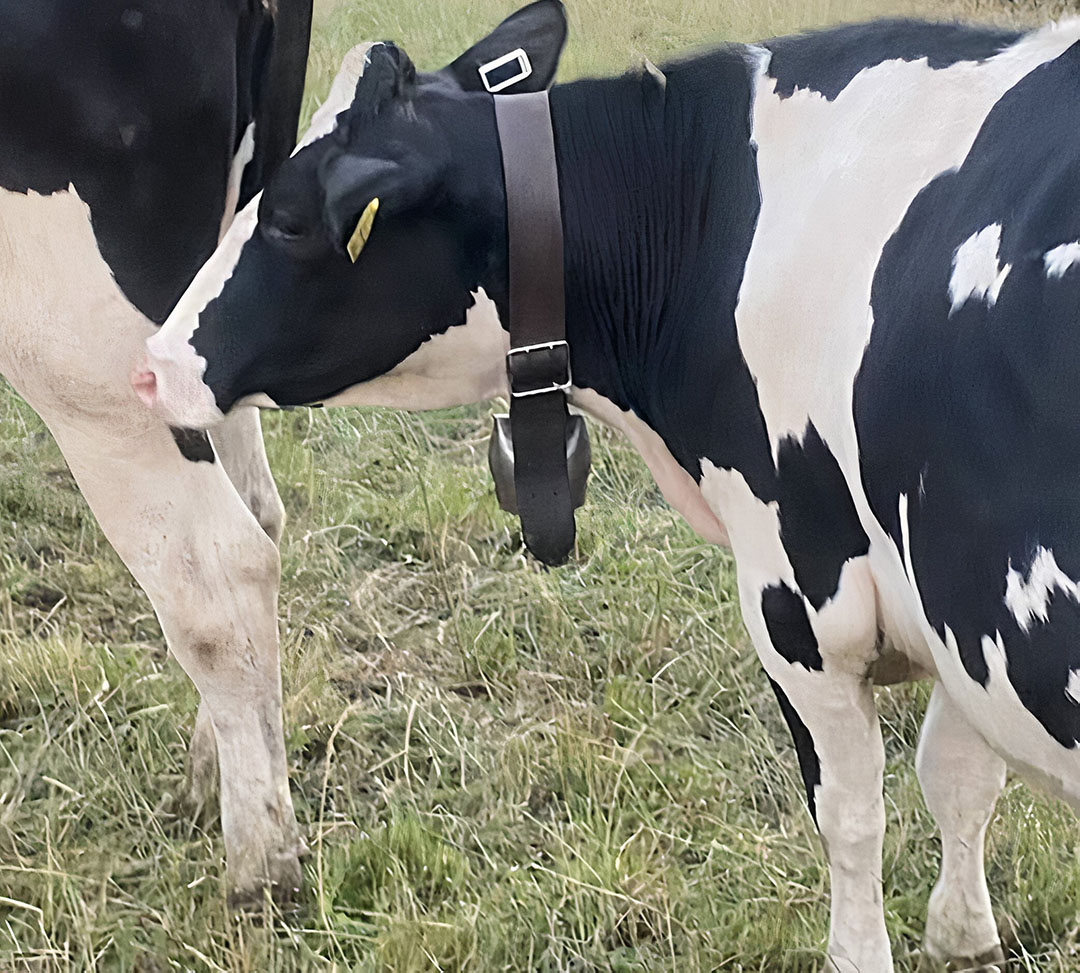
Get used to the data
The technology can also detect problems, Smith says. “If there is high activity, we alert the farm. If an animal is stolen, or attacked by a predator, we will send an instant alert. If there is no activity, the animal can be dead, or the tag has come off. Farmers will be able to find a dead animal or the tag, if it has come off.” Ceres Tag can also help to determine which animals are efficient feed converters on grain as well as the most efficient animals in a grazing situation. “What we suggest to people is to just get started. Get some tags on some animals and get used to the data. Understand what you are looking at, and then grow it from there. When I talk to farmers, everybody recognises that technology will be the next thing. It will be the next paradigm for the improvement of operations. The EU, for example, has deforestation-free supply chain rules in its Green Deal. Farms have to prove that their animals have not been in deforested areas. And farmers will need to use satellite technology to prove this.” Ceres tags are manufactured in Taiwan. The company’s satellite partner is American company Globalstar, while the software was developed in New Zealand. The technology of Ceres Tag is currently being used in 35 countries. For more info, visit Ceres Tag.
 Beheer
Beheer

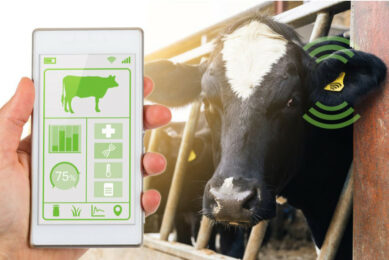
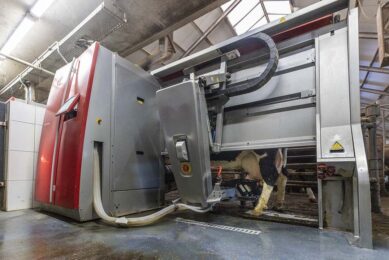
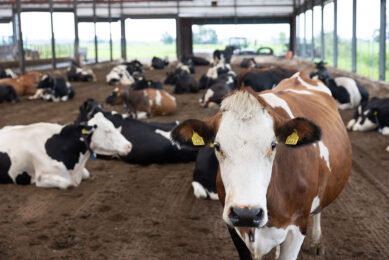
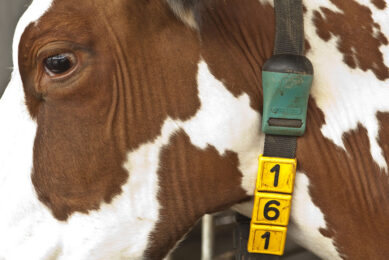





 WP Admin
WP Admin  Bewerk bericht
Bewerk bericht